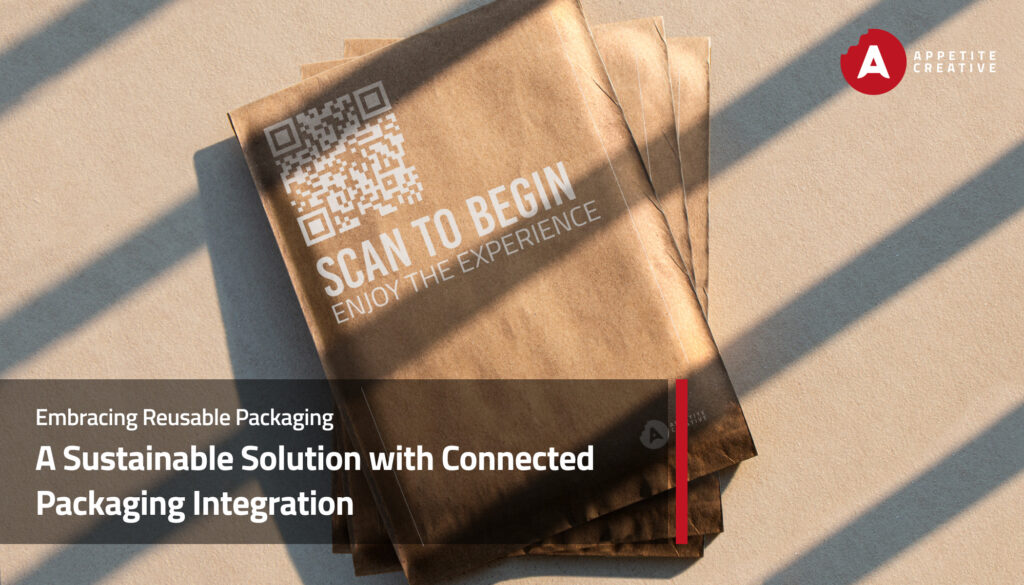
In the pursuit of a more sustainable future, reusability has emerged as a key focus area for brands looking to minimize their environmental footprint. As consumers increasingly prioritize eco-friendly products and packaging, the role of connected packaging in facilitating reusability has become more prominent. In this article, we’ll explore how reusability is shaping the sustainability landscape and the crucial role that connected packaging plays in this journey.
Understanding Reusability and Sustainability
Reusability refers to the concept of designing products and packaging that can be used multiple times, thus reducing the need for single-use items and minimizing waste. Embracing reusability is essential for achieving sustainability goals, as it helps conserve resources, reduce pollution, and decrease the overall environmental impact of consumer goods.
The Rise of Reusable Packaging Solutions
In recent years, there has been a growing trend towards reusable packaging solutions across various industries. From reusable shopping bags and water bottles to refillable containers and coffee cups, brands are innovating to offer products that can be used repeatedly. Reusable packaging not only reduces waste but also offers cost savings for consumers over time.
The Role of Connected Packaging in Facilitating Reusability
Connected packaging plays a vital role in facilitating reusability by providing consumers with access to valuable information and services. By incorporating technologies like QR codes and NFC tags, connected packaging enables brands to communicate with consumers throughout the product life cycle. Brands can use connected packaging to provide instructions for proper care and maintenance of reusable items, offer refill reminders, and facilitate product registration for warranty purposes.
Leveraging Smart Packaging Solutions for Reusable Products
Smart packaging companies are at the forefront of developing innovative solutions for reusable products. By leveraging technologies such as intelligent sensors and RFID tags, smart packaging enables brands to track the usage and lifespan of reusable items, monitor inventory levels, and offer personalized recommendations to consumers. These insights not only help brands optimize their product offerings but also enhance the overall consumer experience.
Designing for Durability and Longevity
When designing reusable packaging, durability and longevity are paramount. Brands must prioritize materials and construction methods that can withstand repeated use and maintain their integrity over time. Additionally, incorporating minimalist design principles and modular components can enhance the versatility and usability of reusable packaging solutions.
Measuring Impact and Driving Change
Measuring the impact of reusable packaging initiatives requires tracking key metrics such as waste reduction, resource conservation, and consumer behavior change. Smart packaging solutions provide tools and analytics dashboards that enable brands to monitor these metrics and make data-driven decisions to optimize their strategies. By demonstrating the environmental and economic benefits of reusability, brands can inspire others to embrace sustainable practices and drive positive change in the industry.
In conclusion, reusability represents the next frontier in sustainability, offering a promising path towards reducing waste and conserving resources. Connected packaging plays a crucial role in facilitating reusability by providing consumers with access to information and services that enhance the usability and longevity of products. By leveraging smart packaging solutions and designing for durability and longevity, brands can embrace reusability as a cornerstone of their sustainability efforts and lead the way towards a more sustainable future.
Ready to explore the intersection of reusable packaging and connected packaging integration further? Sign up for the Global Connected Packaging Summit! Industry experts will share insights, best practices, and case studies on leveraging connected packaging technologies to enhance sustainability initiatives.
Register now and be part of the conversation shaping the future of packaging innovation.
